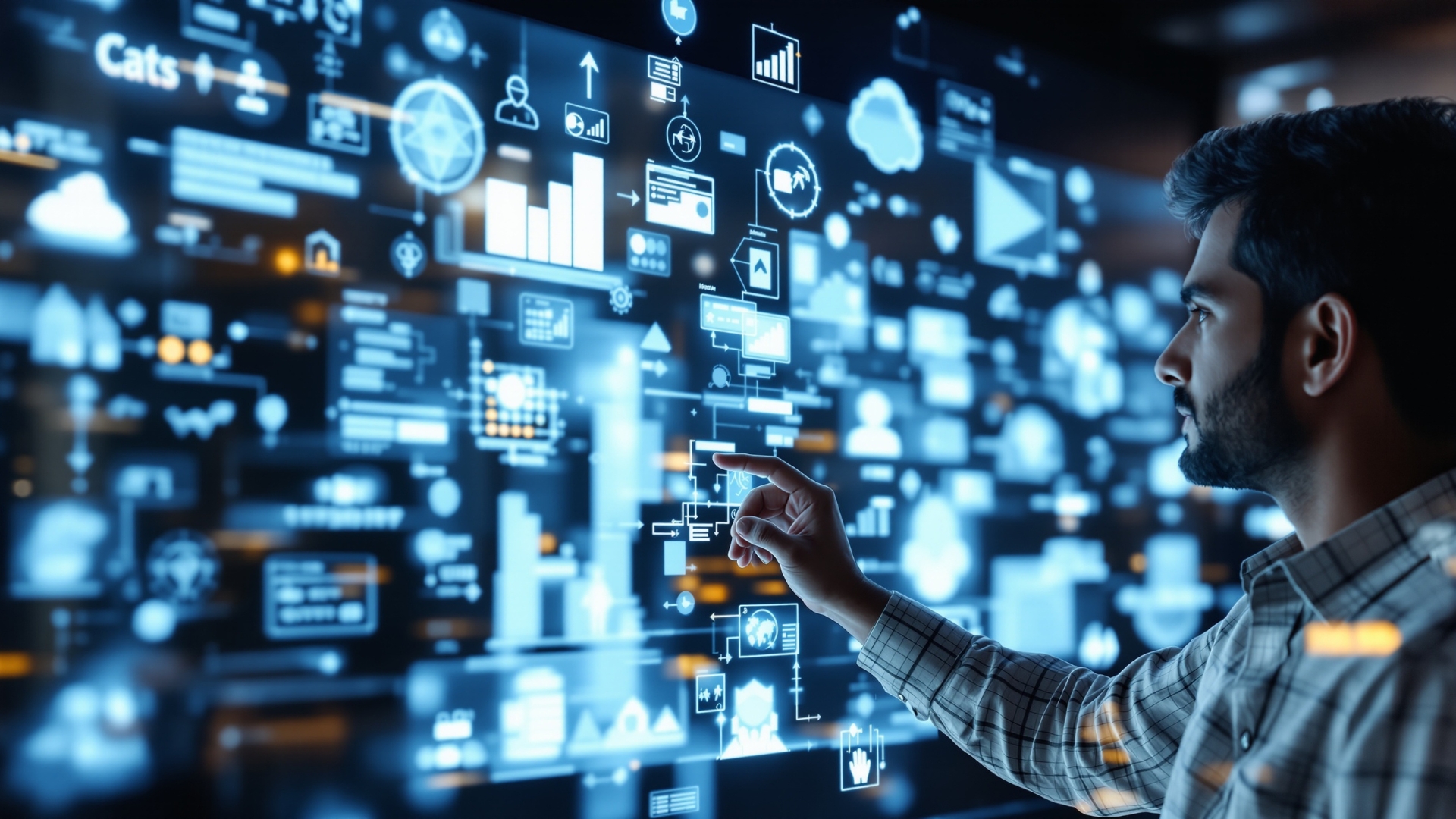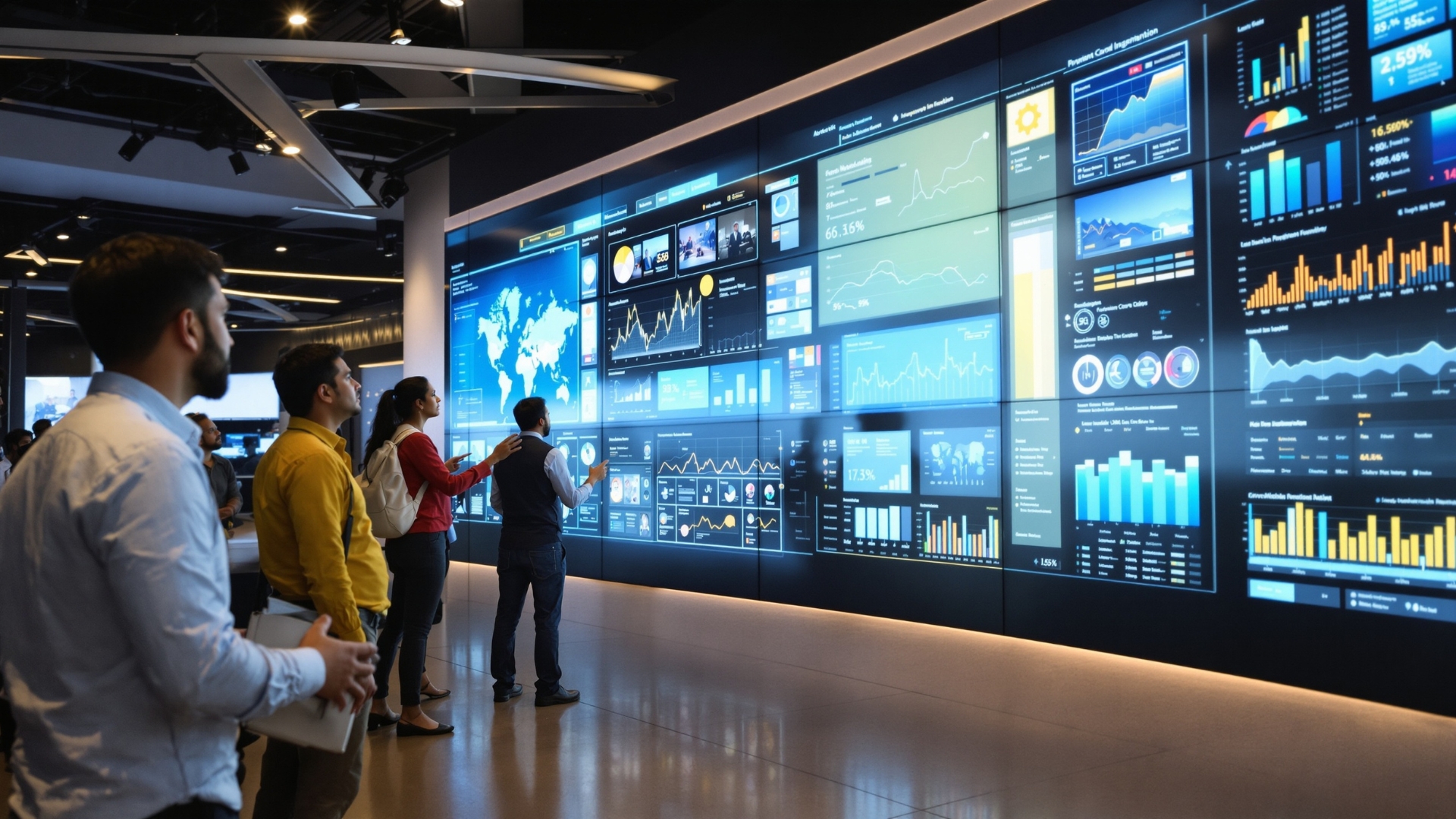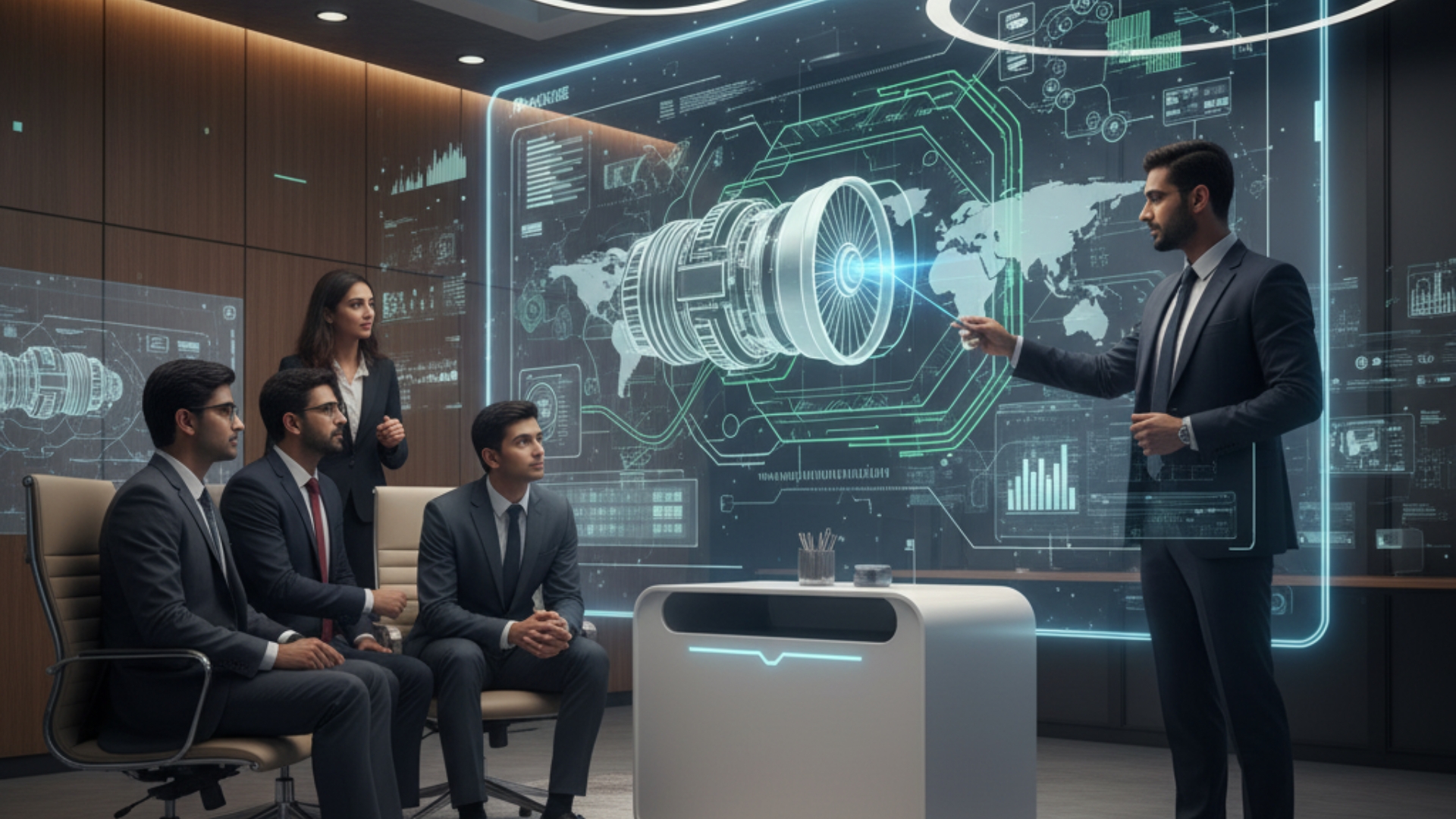This is where Complex Product Presentation technology, integrated into immersive experience centers by Rubenius, becomes a game-changer. It turns intricate concepts into interactive, intuitive experiences, helping businesses communicate effectively, inspire confidence, and drive measurable outcomes.
The modern customer and client expect clarity, interactivity, and engagement. A complex product, whether it’s a technical solution, industrial machinery, or a layered service offering, cannot rely on static explanations. Integrating interactive presentations in your experience center helps you:
At Rubenius, we treat complex product presentations not just as a tech installation, but as a strategic business tool. Here’s how we create experiences that matter:

Investing in a complex product presentation system does more than wow your visitors—it drives real business results:


At the Bosch Innovation Lab, interactive product presentation technology is used to visualize complex automotive components. Engineers and managers can manipulate 3D models in real-time, explore intricate assembly processes, and simulate outcomes—resulting in faster design approvals and significant reductions in prototype iterations. This showcases how immersive experience centers can turn complexity into clarity and directly impact business efficiency.
Complex products don’t have to be confusing. With Rubenius’ experiential design expertise, your experience center can turn intricate offerings into immersive, engaging, and strategically impactful experiences.
Connect with Rubenius today to explore how we can transform your product storytelling, elevate your brand, and drive measurable business results.
1. How does a complex product presentation improve client engagement?
By transforming technical details into interactive, visual experiences, visitors explore products hands-on, increasing understanding and retention.
2. Can it be customized for different industries?
Yes. Rubenius designs experiences tailored to your product, audience, and business goals.
3. Does it integrate with other immersive technologies?
Absolutely. It works seamlessly with AR/VR, digital walls, holograms, and other immersive design solutions.
4. How does it impact sales and ROI?
By accelerating understanding and decision-making, it shortens sales cycles and improves client confidence, directly boosting revenue.
5. What makes Rubenius’ approach unique?
We combine experiential design, business strategy, and technology to create presentations that deliver measurable impact, not just visual appeal.